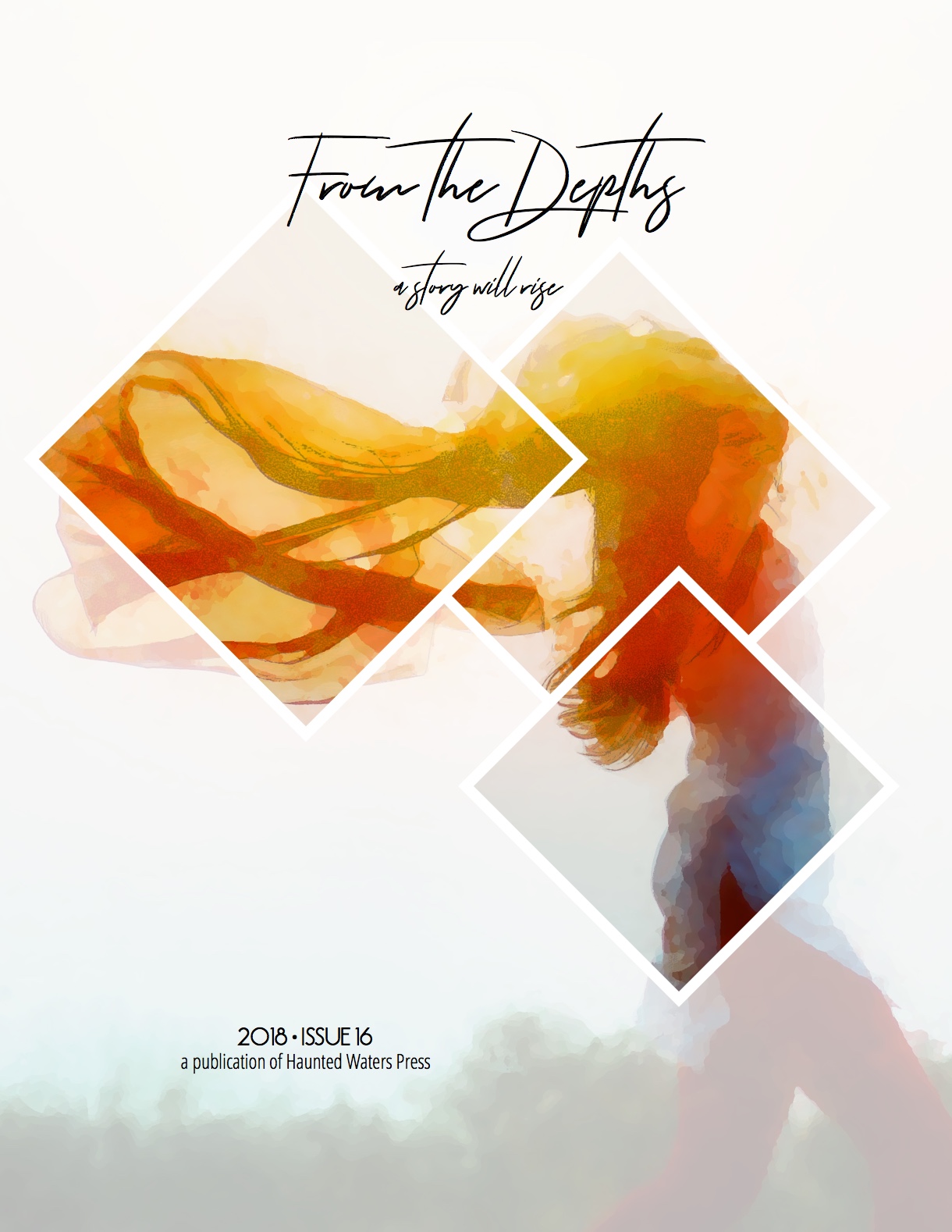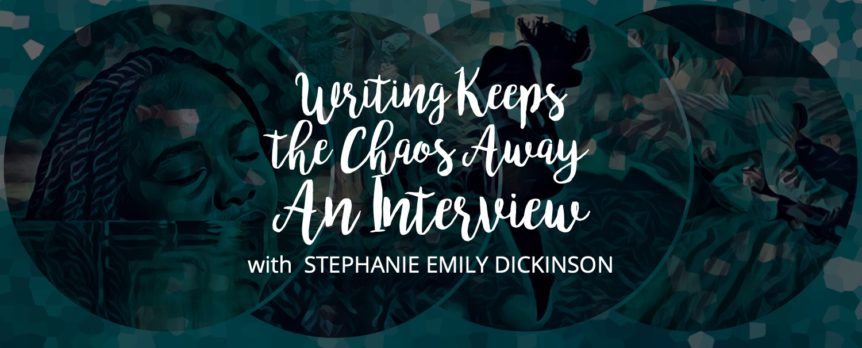I grew up on an Iowa farm, the black soil east of the Mississippi—America’s heartland. My forebears struggled out of Bohemia (now the Czech Republic) with their five sons making their way to Iowa in the midst of a raging Civil War. The family patriarch cursed the Austria-Hungarian Empire and its onerous conscription laws. They were draft dodgers and land seekers. Raised by a single mother, I rebelled against my family’s conservatism and when I turned eighteen I joined my generation on the highway with my thumb out. I ran into magnificent trouble i.e. a shotgun accident which paralyzed my left arm. Then, like a severely chastened second birth, it was on to higher education—a BA in literature, an MFA from the University of Oregon, and a year of law school in New Orleans. Law was not for me and I made my way to New York City where I live in an old tenement building (one of the few left) on the Lower East Side with the poet Rob Cook and the visionary feline Vallejo. I work in the cube world to finance my writing and Rain Mountain Press, a collective publishing venture.
What inspired you to write this particular piece?
I lived in Louisiana and my partner at that time was a Jefferson Parish Cajun. He introduced me to the bayou, to fishing in the moody overcast of moss trees and shrimp grass, and to his family's past. His grandfather and father had both done time in Angola prison. His father's dank past inspired Bribery along with Bayou Lafitte's overcast.
What fuels your writing? Where do you typically find your ideas and inspiration?
My rather misbegotten past has created a minefield of subject matter that has its hooks in me. I've approached violation and violence directly in the past and not always successfully. I'm inspired by surrogates like Jean Seberg and Jean Harlow who were both confounded by their vulnerable natures and the cynical worlds they found themselves. I've written a fictional interview with Jean Seberg and am at work one with Jean Harlow.
Keep writing no matter the rejections or the challenges. It is the work that gives back to you. Writing keeps the chaos away. Never stop.
—Stephanie Emily Dickinson
What is your writing day like? Is there a particular environment that stimulates your creativity? Do you have any writing routines or rituals that you practice?
Weekdays, I stay in the office afterhours often not leaving until 10:30 p.m. or later. As the cubicles clear I transition to writing. Out on the street Fifth Avenue fades as office lights go out like blown matches and the army of the employed marches off to the subways and car parks. Locked go the doors to the chocolatiers, to Rolex, St. John’s, Versace’s, even St. Patrick’s Cathedral where it’s only the pigeons spending the night. Now the housekeeping staff begins softly emptying the wastebaskets, and I move into my own writing. The office is no longer an office but a private space. A stillness.
What is your writing kryptonite?
Reading works that intimidate and inspire, books that blaze trails into the wilderness. Reading literary journals with the brand new and the established. Reading, reading, reading.
How long have you been writing? Was there a defining moment that led you down this path or a person who encouraged or helped shape you as a writer?
From my mother’s repeated words about my father’s poetry, I understood as an adolescent that writing and reading were noble aspirations and, I set out like an explorer into word country, reading and seeking to make them as important to me as they’d been to him. My mother did not allow television as she wanted her children to read, yet she found reading burdensome, tedious. I was six when she had drilled me in phonics and no other more valuable gift could she have bestowed on a future writer. It is the only time she tutored me, and it changed everything.
Are there any authors who have influenced your writing?
I keep certain books close at hand, i.e., Voyage in the Dark, Good Morning Midnight, After Leaving Mr. MacKenzie by the iconic Jean Rhys, The Sorrow Gondola by Tomas Transtromer, The Song by Brigit Pegeen Kelly, and Star Ledger by Lynda Hull. For sheer dazzling prose language Kaput by Curzio Malaparte and “The Golden Cangue” by Eileen Chang. Recently I have fallen in love with Cynthia Cruz's poetry, Ruin, The Glimmering Room, How the End Begins. Her work incorporates all the elements I am drawn to. Language that shimmers with authenticity and elegance, portrayals of the blade’s edge—life that is contaminated yet beautiful.

What are you reading right now?
My Traitor by Sorj Chalandon, a Frenchman writes of Ireland Time of Troubles,
Absent: A Novel by Betool Khedairi,
a Iraqi novelist writes comically and darkly of life under sanctions
What other forms and genres do you enjoy writing?
I've written poetry, novels, plays (badly), memoir, and short stories. I like the hybrid form best as my textual squares can be packed with language and story, and then they can blessedly end. I've written a collection of hybrids, The Emily Fables, each fable an Emily story, one block at a time. The hybrid form is popular with many as it fits the temp of now--the fragmented time, the multi-tasking, the antlike attention spans.
Of your other published works, do you have a personal favorite you would like to share with our readers? Where can we find it?
Heat: An Interview with Jean Seberg -New Michigan Press, Amazon
Girl Behind the Door: A Memoir of Delirium and Dementia -SPD, Rain Mountain Press, Amazon
If you could share any advice for aspiring writers, what would it be?
Keep writing no matter the rejections or the challenges. It is the work that gives back to you. Writing keeps the chaos away. Never stop.

About the Author
Stephanie Dickinson lives in New York City. Her novels Half Girl and Lust Series are published by Spuyten Duyvil, as is her feminist noir Love Highway. Other books include Heat: An Interview with Jean Seberg, (New Michigan Press), Flashlight Girls Run (New Meridian Arts), and The Emily Fables (ELJ Publications). Her work has been reprinted in Best American Nonrequired Reading. She is and identifies as a disabled gunshot survivor.
Share this Post


Comments
Having read “Emily Fables” and “Girl Behind the Door”, I find Ms. Dickinson’s material intriguing, exciting, and very well-written. Her use of description paints pictures of a talented artist. I was privileged to know Stephanie as a child, and enjoy exploring her family through her books. I am excited to read more of her books, and get a perspective of life through her eyes.